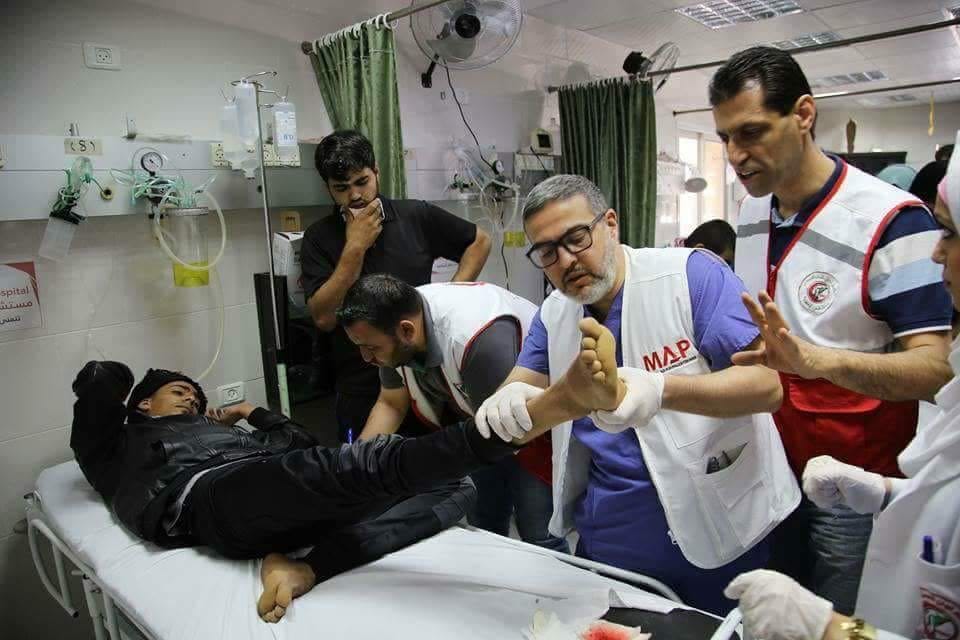The Evolution of Conflict Medicine in the Middle East - An Interview with Ghassan Abu Sittah
During his tenure at AUB, Ghassan Abu Sittah’s work radically transformed the practice of medicine and surgery. As the chair of the plastic surgery department at AUB Medical Center, he singlehandedly redefined the workload of the hospital from a focus on cosmetic surgery to one on reconstructive sur











